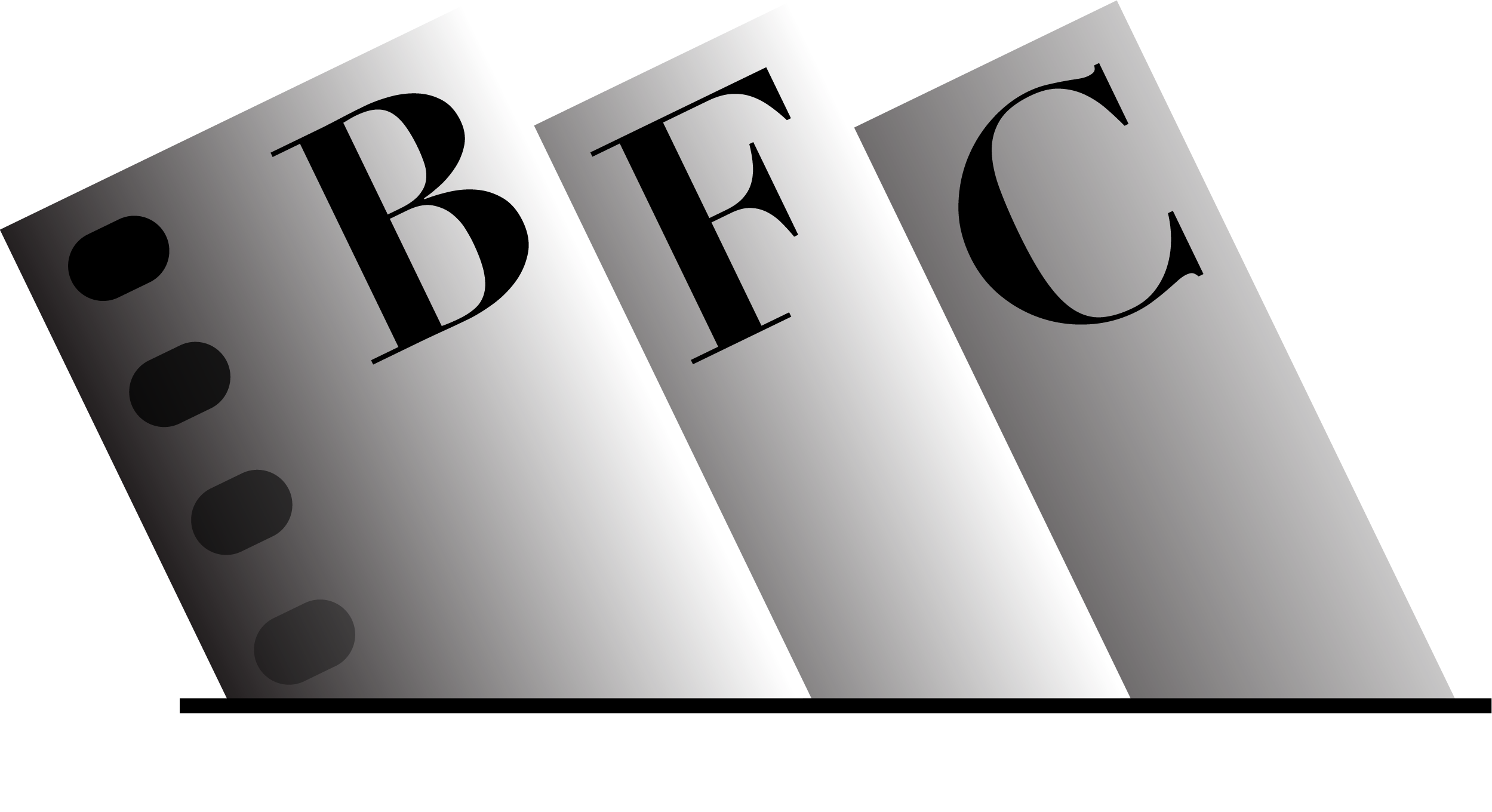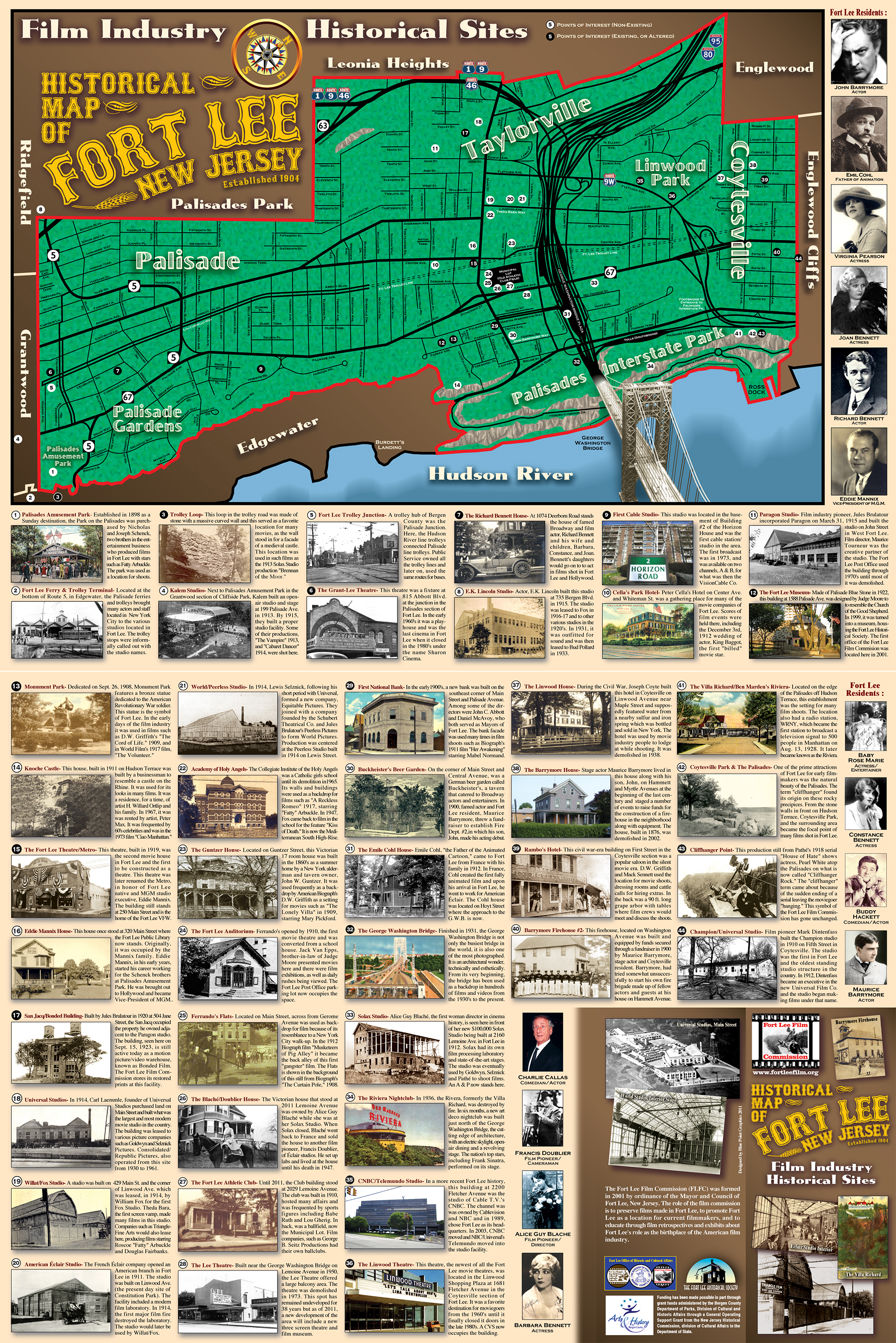1900
Broadway actor and Coytesville resident Maurice Barrymore threw a benefit to raise money to build a firehouse for Company #2 on Washington Avenue in Coytesville. His son, John, age 18, makes his acting debut at this benefit. Barrymore also ran another fundraiser for the purchase of uniforms for Company #2.
1907
Thomas Edison’s Rescued from an Eagle’s Nest shot on location on the Fort Lee Palisades. Film features D.W. Griffith’s first starring role as an actor, having appeared in bit parts in several films now identified.
1908
Early “slapstick” comedy, Biograph’s The Curtain Pole (directed by D.W. Griffith and featuring Mack Sennett), shot on streets of Fort Lee (Main Street).
IMP (Independent Motion Picture Company, which later joined with other independents to form Universal) shot first film on location in Coytesville, Hiawatha.
1909
D.W. Griffith directed Mary Pickford in The Lonely Villa in Fort Lee. The film embodied Griffith’s first sophisticated use of the technique of “cross cutting”, or the cut-back, to build tension.
Champion Film Company, first permanent film studio in Fort Lee-Coytesville area, became New Jersey’s busiest production center. Located in remote area of Coytesville, north of Fort Lee, to evade Motion Picture Patents Company Trust detectives. Champion was one of the companies that joined in the founding of Universal Film Manufacturing Company in 1912 (Carl Laemmle was the moving force behind this and served as head of Universal Studios until 1936).
1912
D.W. Griffith directed Mary Pickford, Lionel Barrymore, Dorothy Gish, and Lillian Gish in the Anita Loos-scripted The New York Hat, shot on Washington Avenue in Coytesville and Main Street in Fort Lee.
1913
Herbert Brenon directs King Baggot in Dr. Jekyll and Mr. Hyde for IMP-Universal, the first of many great horror films released by that studio.
1915
Famous “vamp” actress Theda Bara made her movie debut in A Fool There Was, filmed at the Fox/Willat Studio on Linwood Avenue.
1918
Les Miserables, a Fox Studio production, featured the largest outdoor set ever built in Fort Lee. This studio also produced the epic Tale of Two Cities in 1917. (Film has long been considered lost, but a copy has recently been found in Warsaw, Poland by Commission member Richard Koszarski; the FLFC is currently negotiating to have the film brought to the United States so that it can fund restoration.)
1919
Pioneer African-American filmmaker Oscar Micheaux shoots Within Our Gates in Fort Lee, presenting the flip side of Griffith’s 1915 The Birth of a Nation by presenting the black perspective.
1922
Marx Brothers appeared in their first film, Humor Risk, shot in Fort Lee. Film had one screening in the Bronx and was lost soon thereafter. Groucho Marx claimed in the 1970s that he would pay thousands to get the film back.
1928
On August 13, WRNY in Coytesville became the first station to broadcast a television image, a 1.5 inch square image of a woman’s face, to New York City, where it is viewed by 500 people.
1930
As a result of stricter fire laws in effect in Manhattan after the Pathé studio burned down, RKO moved production of W.C. Fields’ first “talkie”, The Golf Specialist, from its 24th Street studio to the Ideal Studio in Hudson Heights.
1931
The Exile, first all “talkie” African-American film, shot by Oscar Micheaux at Metropolitan Studios in Fort Lee.
1931
First “talking” version of Alice in Wonderland, starring Ruth Gilbert, filmed at Metropolitan Studios.
1947
20th Century Fox returns to town of its birth to shoot interiors for the film noir classic Kiss of Death at Holy Angels Academy, across the street from its old studio.
1948
Oscar Micheaux shoots his final film, The Betrayal, in Fort Lee.



